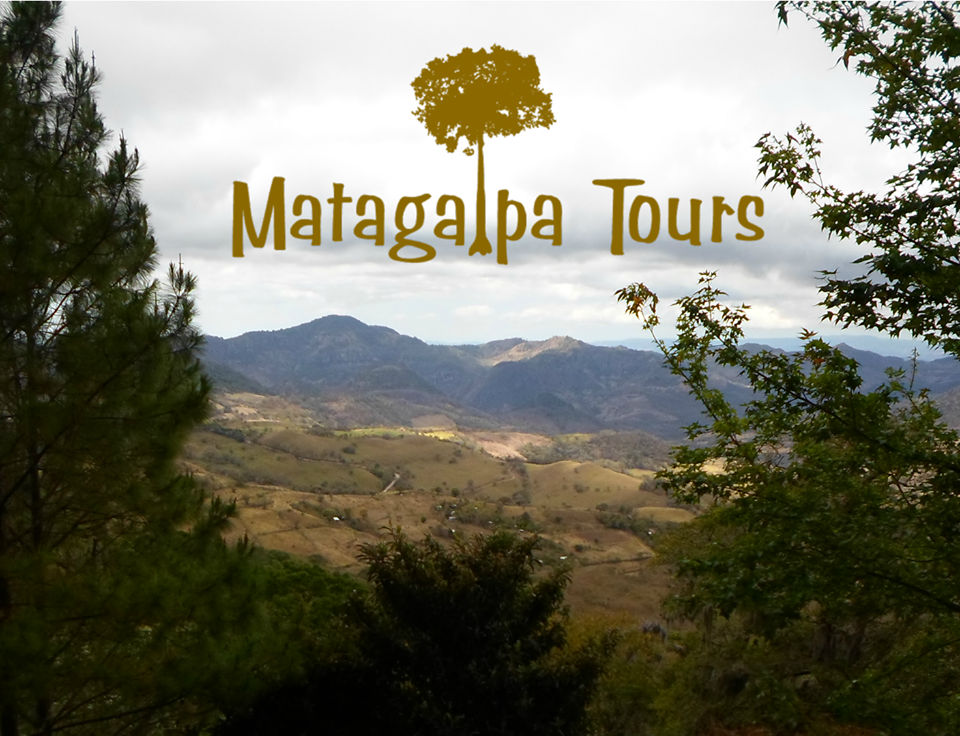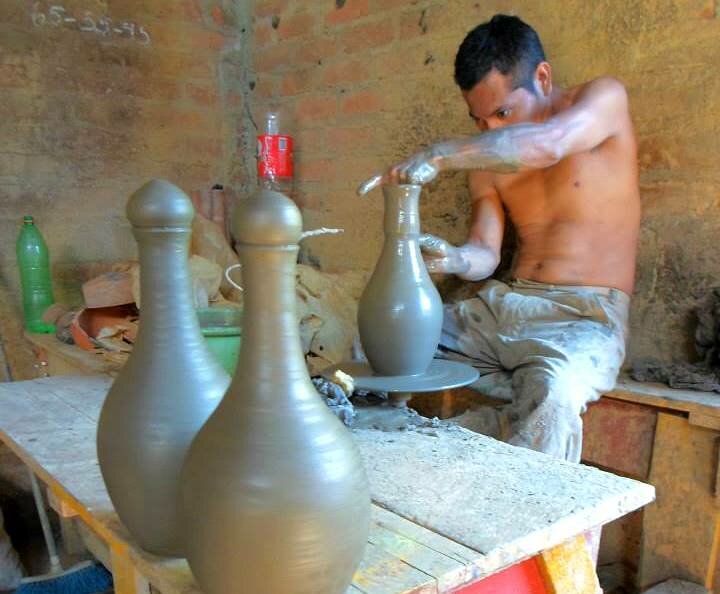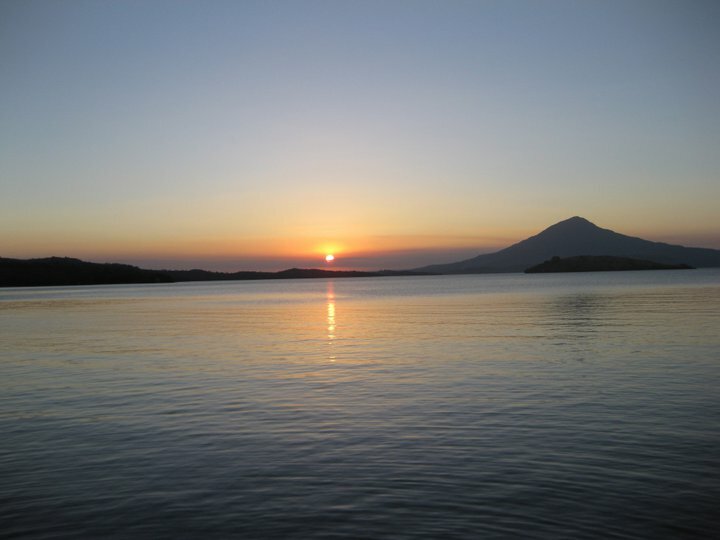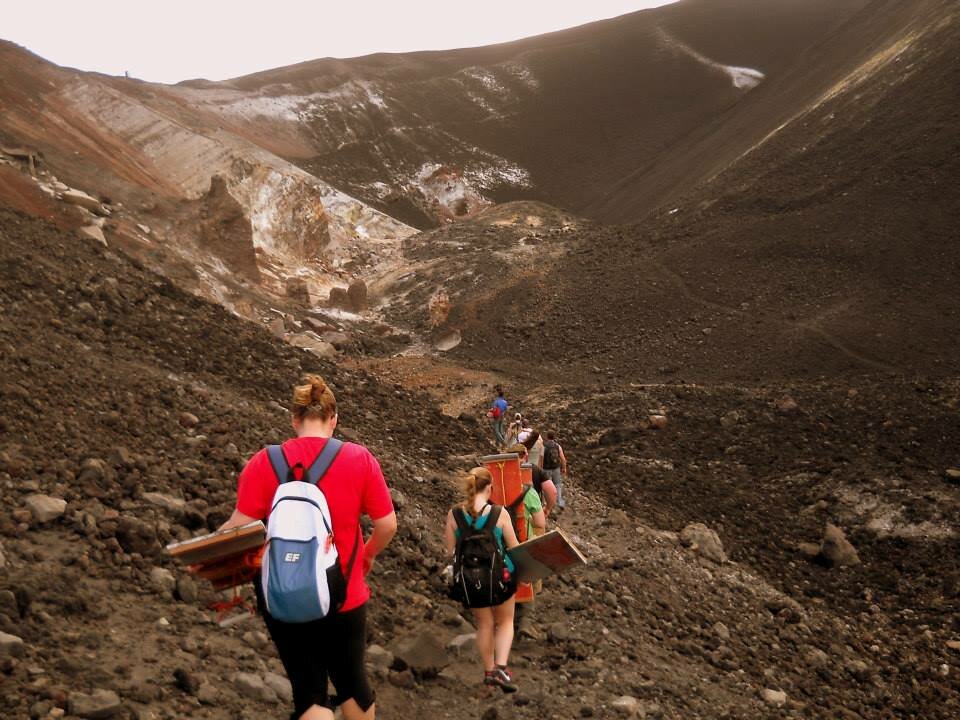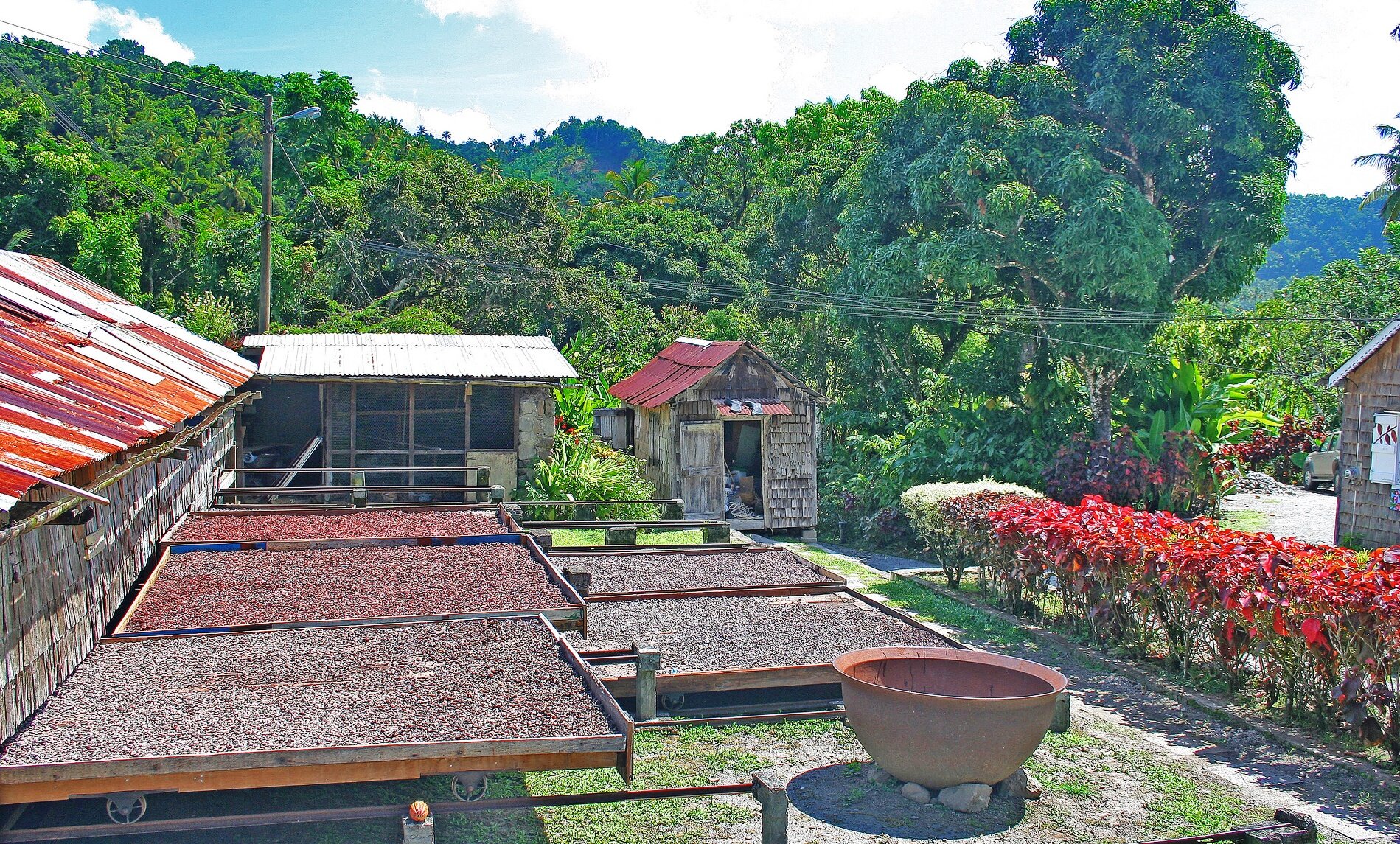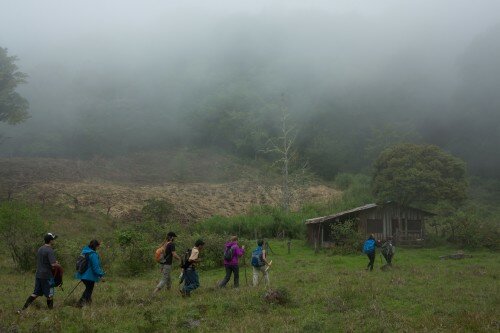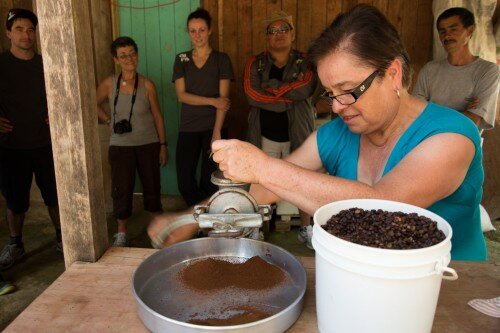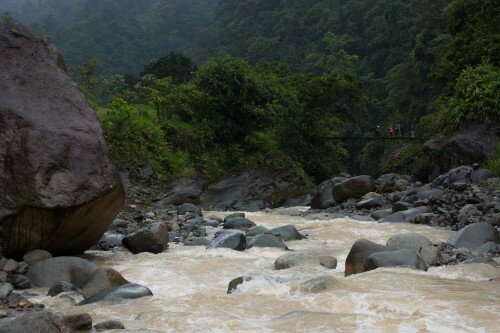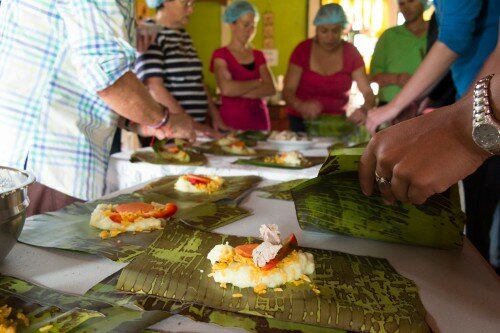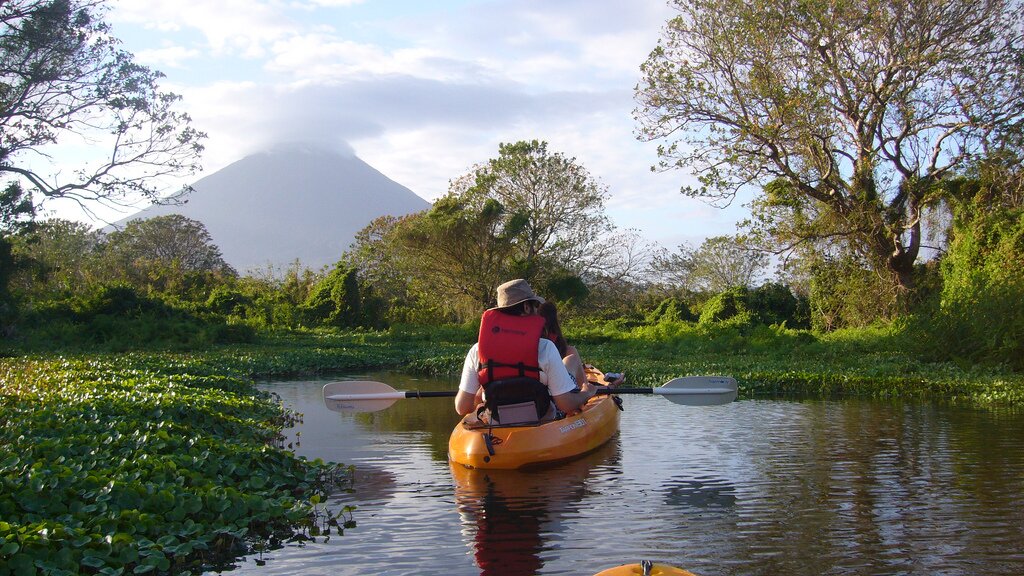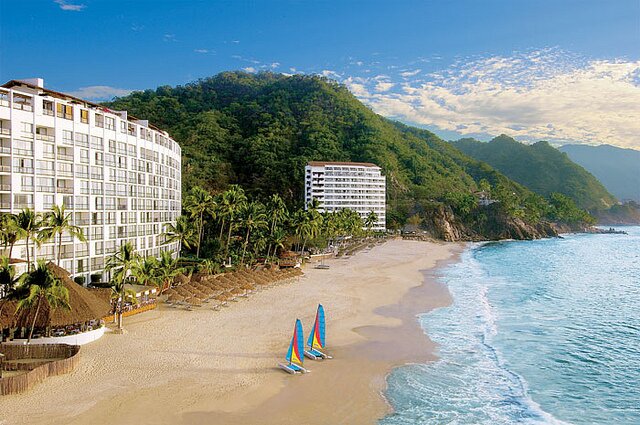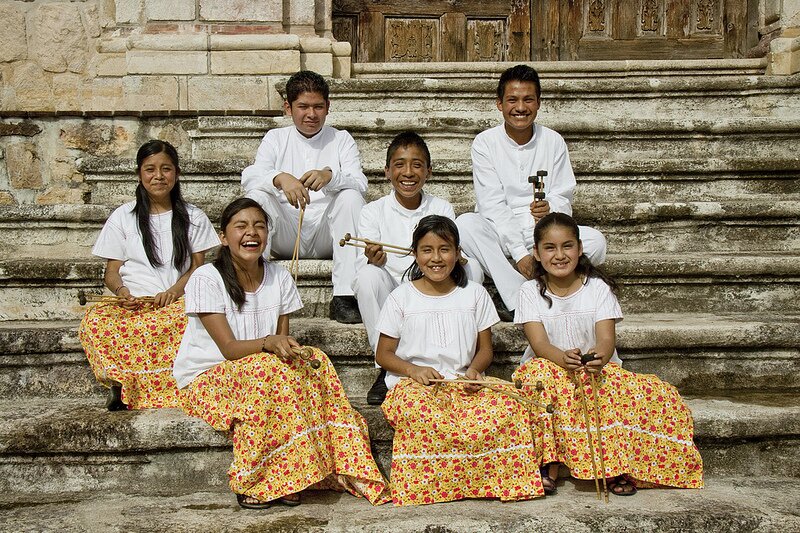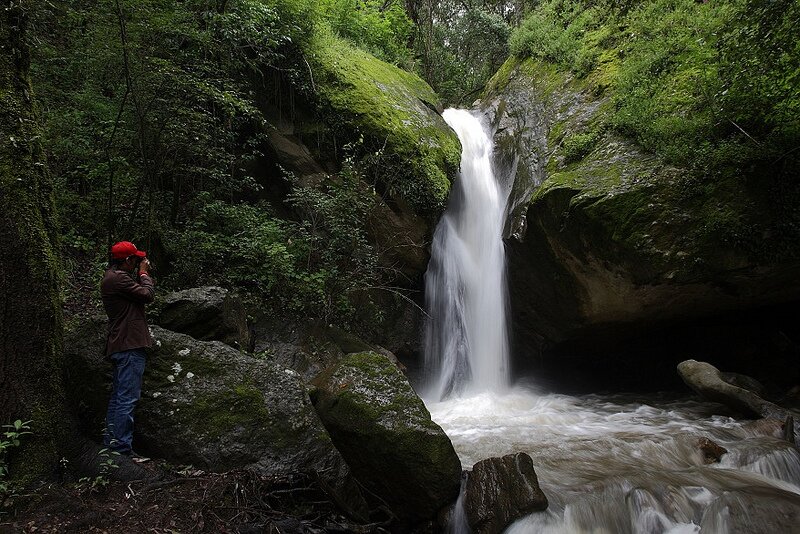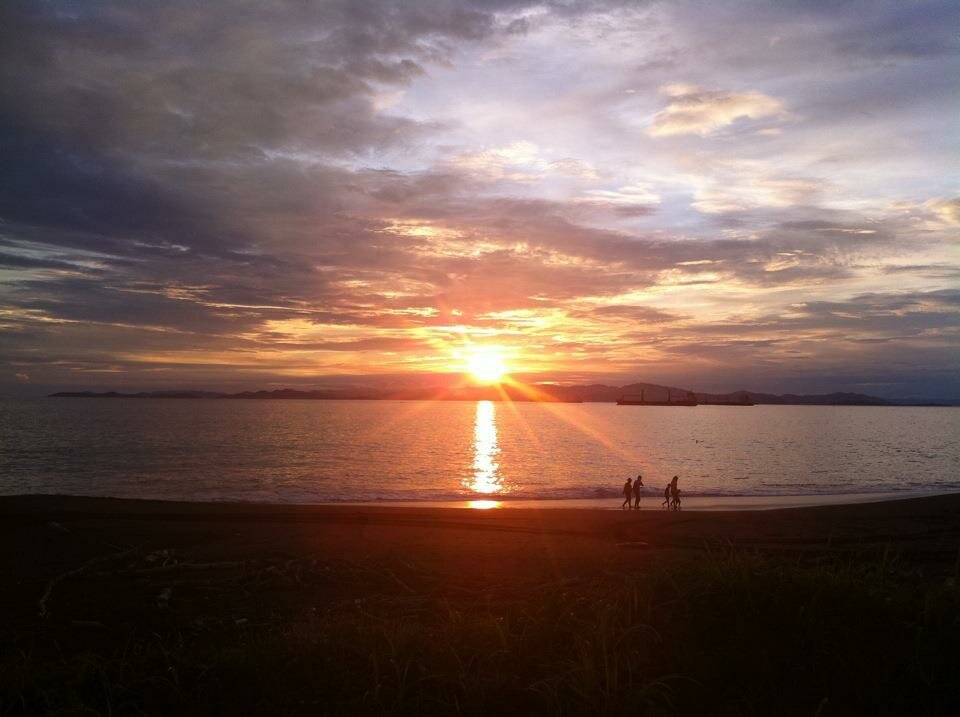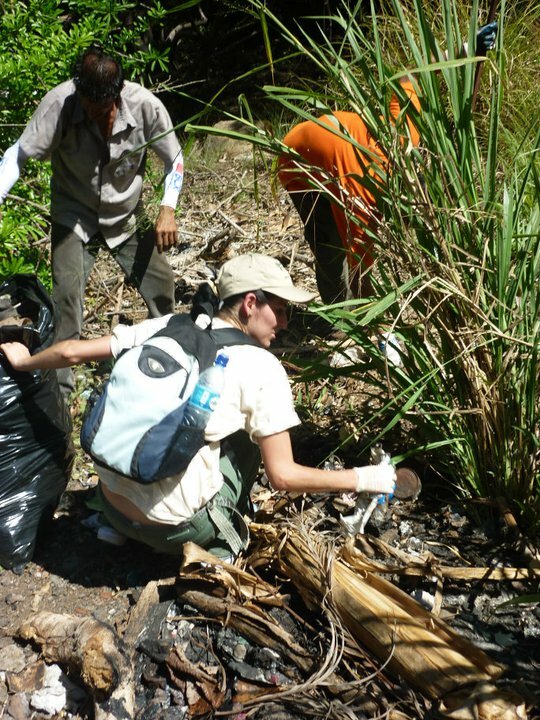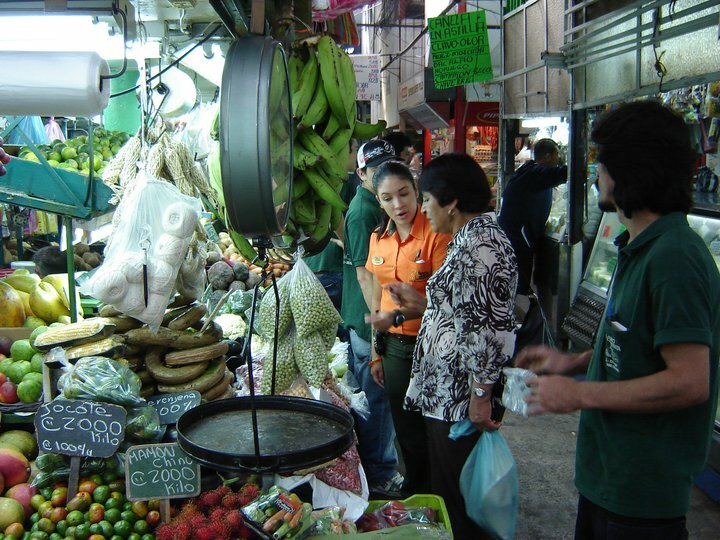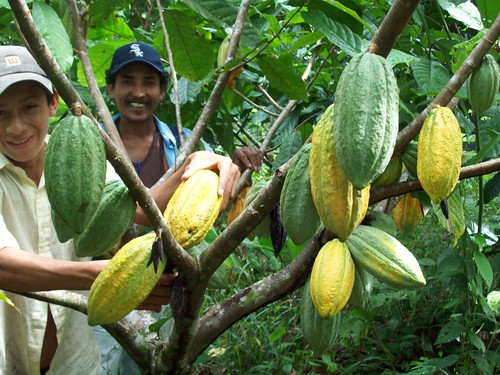Today's blog entry is a guest post from college student Tyler Satoh, who visited a sustainable hotel in Costa Rica while on a trip with Rainforest Alliance Verified tour operator Horizontes Nature Tours earlier this year.

This past January, I, along with 22 other college students, traveled to Costa Rica through a University of Minnesota study abroad program. Costa Rica is a major supplier of several commodities such as coffee beans, and as a supply chain major, I was interested in learning more about the origins of these products and the people who make it possible for consumers in the United States to enjoy them.
Our primary goal during the trip was to study the Rainforest Alliance's efforts to promote environmental stewardship in agriculture, forestry, and tourism. One of the most valuable things I learned from this experience was the importance of the Rainforest Alliance's verification program for sustainable tourism businesses. Tourism is a large source of income for many developing countries, and the purpose of sustainable tourism is to provide lodging and experiences for travelers that have a minimal impact on the environment and support local communities. Our group went on a tour organized by a Rainforest Alliance Verified tour operator called Horizontes Nature Tours and during our travels, visited a sustainable hotel and ranch called Rancho Margot. This property has received the highest rating of "five leaves" from Costa Rica's Certification for Sustainable Tourism (CST) program for their incredible efforts to be environmentally and socially responsible.
These six sustainable practices followed by Rancho Margot are great reasons why you should consider staying at a certified or verified sustainable hotel the next time you travel:
1) Fresh Food
The food here was simply amazing. A typical meal at Rancho Margot consisted of rice, beans, plantains, and a variety of fruits and vegetables that are all grown locally and organically.

2) Renewable Energy
There are two hydroelectric turbines that generate power throughout the entire ranch, providing electricity to all the bunkhouses and bungalows without the need for fuel.

3) Composting for Heat
Organic waste is composted and used to heat water for all of the sinks and showers in each cabin.

4) The Bio-Digester
Manure from the ranch's livestock is processed through a bio-digester, which creates methane gas used for everyday cooking.

5) Low-Impact Recreational Activities
Rancho Margot provides many fun, low-impact activities for visitors such as horseback riding, visits to natural hot springs, yoga classes, cow milking, nature hikes, and more. These activities give each visitor a unique experience, yet leaves a minimal impact on the environment.

6) Nothing Gets Wasted!
Every type of waste is a valuable resource at Rancho Margot. Uneaten food is fed to the farm animals or composted to use as fertilizer. Even the cooking oil is recycled and made into soap!

As one of the largest industries in the world, tourism must continue to focus on environmental stewardship so that future generations may enjoy the same experiences that we do. This trip was a life-changing experience for me because it helped me realize the significance of sustainable tourism and how important it is for people like me to support organizations like the Rainforest Alliance that are working to ensure a sustainable future.
If you are interested in sustainable lodging options for your next trip, check out the businesses listed on SustainableTrip.org!









